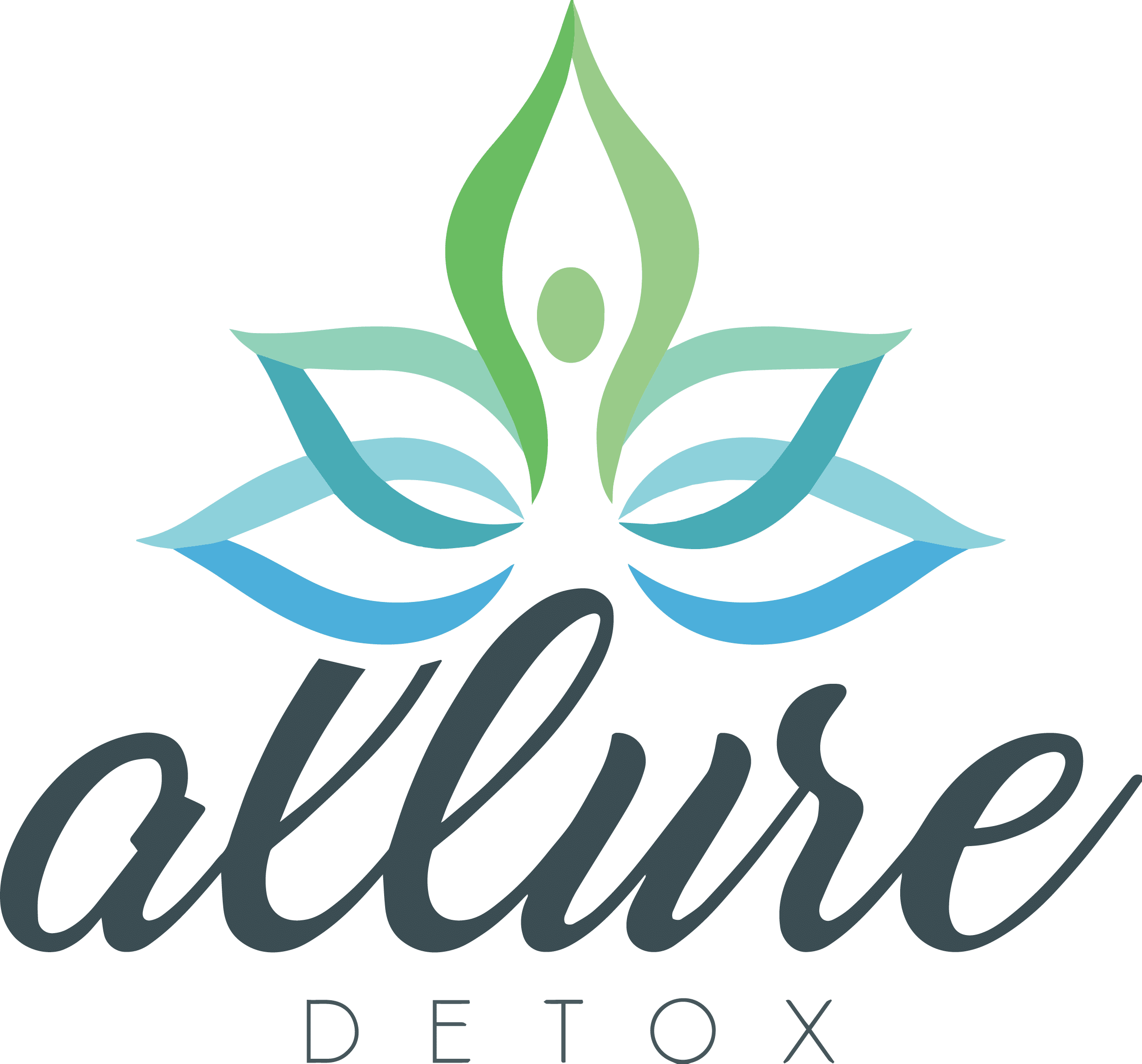
Tag: Heroin
Heroin, also known as diacetylmorphine and diamorphine among other names, is an opioid used as a recreational drug for its euphoric effects.


What Happens if You Take Too Much Methylphenidate?

Can Your Veins Collapse Because of IV Drug Use?

What Does Nodding Out on Heroin Look Like?

Vyvanse Withdrawal Symptoms
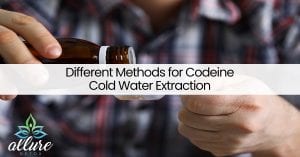
Dangers of Codeine Cold Water Extraction

Why Do People Nod Off On Opiates?

Mixing Suboxone and Tramadol
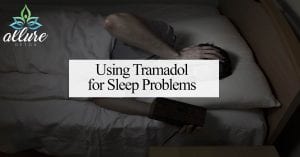
Using Tramadol for Sleep Problems

Can You Get High on Opiates While on Sublocade?
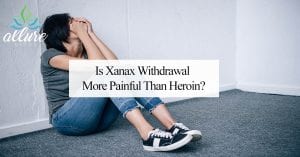
Is Xanax Withdrawal More Painful Than Heroin?

Can You Mix Different Benzodiazepines?
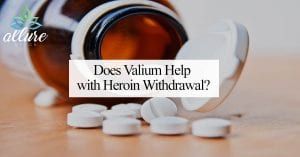
Does Valium Help with Heroin Withdrawal?

Mixing Beer and Xanax

Benzodiazepines for Opioid Withdrawal

Can You Inject Suboxone?
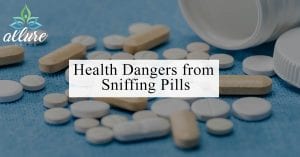
Health Dangers from Snorting & Sniffing Pills

